From Wakanda to Zamunda: Ruth E. Carter on dreaming up costumes for Coming 2 America’s fashion-forward royals
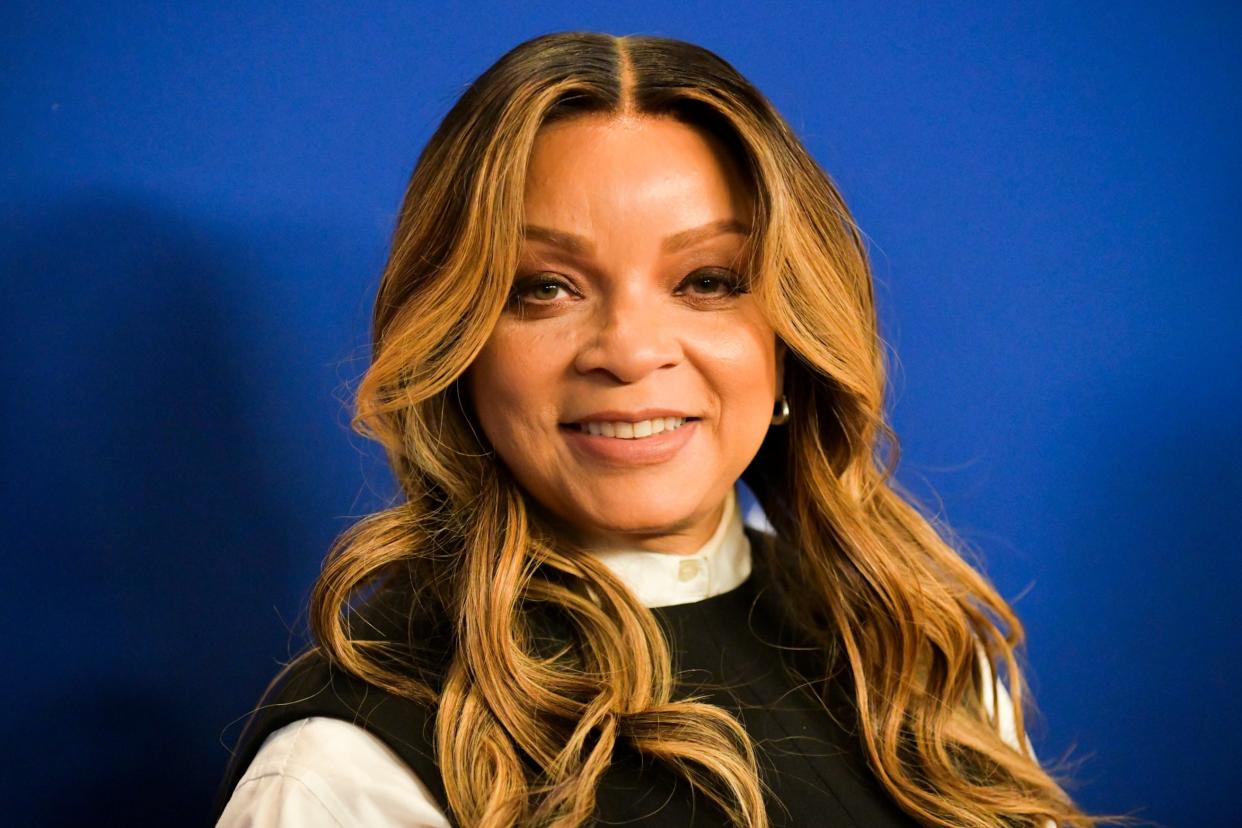
Ruth E. Carter is famed for her Oscar-winning Black Panther costumes
(Getty)When Ruth E. Carter was working on costumes for Black Panther’s Wakandan superheroes back in 2017, she ended up taking a brief detour via another fictional African nation after cast members Lupita Nyong’o, Danai Gurira and Daniel Kaluuya asked her to help them out for their Coming to America-themed fancy dress party.
The actors had hoped that she and her team might lend them some cast-offs from the Marvel movie’s wardrobe department. Instead, she decked them out in brand new, custom made outfits inspired by those worn by Eddie Murphy, Arsenio Hall and co in the cult 1989 comedy, which starred Murphy as Prince Akeem of Zamunda, crossing the Atlantic to New York in the pursuit of love.
The party ended up being a dry run for Oscar winner Carter, 60, whose three decades in the industry have seen her costume many of the most iconic films about the African-American experience, from Selma to Love & Basketball to her extensive collaborations with directors Spike Lee and John Singleton. When she “reunited” with Murphy on the set of 2019 release Dolemite Is My Name (they’ve now “done six movies together”), he and director Craig Brewer revealed that, 30 years after the original, a Coming to America sequel might be in the works.
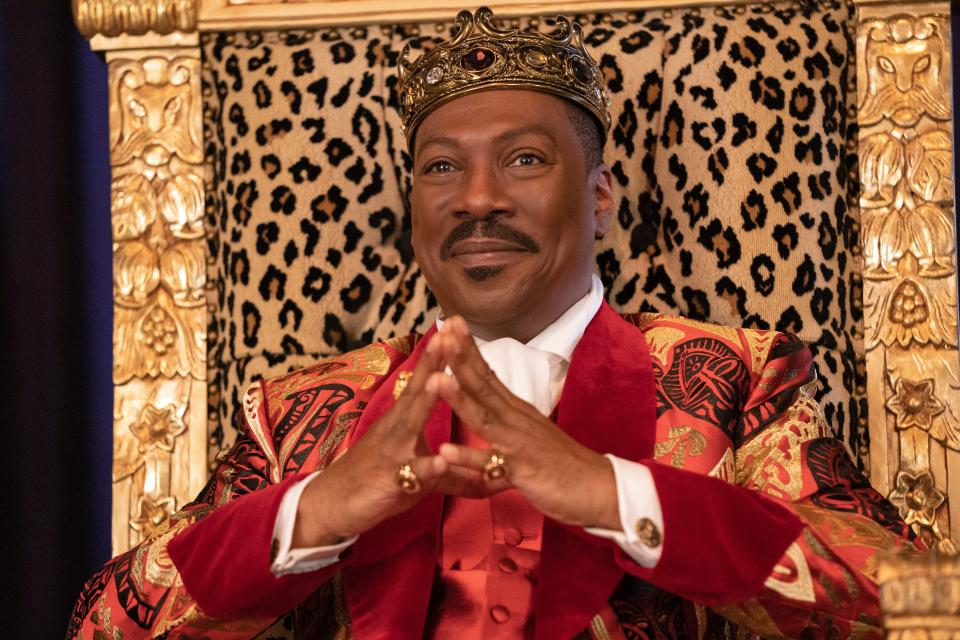
“They really loved what I’d done with Black Panther, and so they kept saying ‘You’re gonna do Coming 2 America, right?’ she says. “But I just didn’t want to think about it, because it was such a huge hit when it came out in ‘89, and people loved it so much. Sometimes you don’t want to disturb that - you just want to leave it be.” Years of experience, too, had taught her not to get too excited about production rumours. “A lot of times in Hollywood… you’re told about things that sometimes never come to fruition,” she laughs. “So I just waited, and then I got the call. I was honoured that they wanted to continue the relationship.”
When the original film was released, Carter recalls, she “had just moved to Los Angeles” and started working as a costume designer on Lee’s early movies like School Daze and Do The Right Thing, after meeting the director at the Los Angeles Theatre Centre. “I lived in a little studio apartment overlooking the Hollywood sign, and I’d heard about Deborah Nadoolman Landis [the original Coming to America costume designer] and I had friends who were aspiring designers, working on background,” she says. “The impression of the first film never left me, and I think that’s how a lot of people feel.”
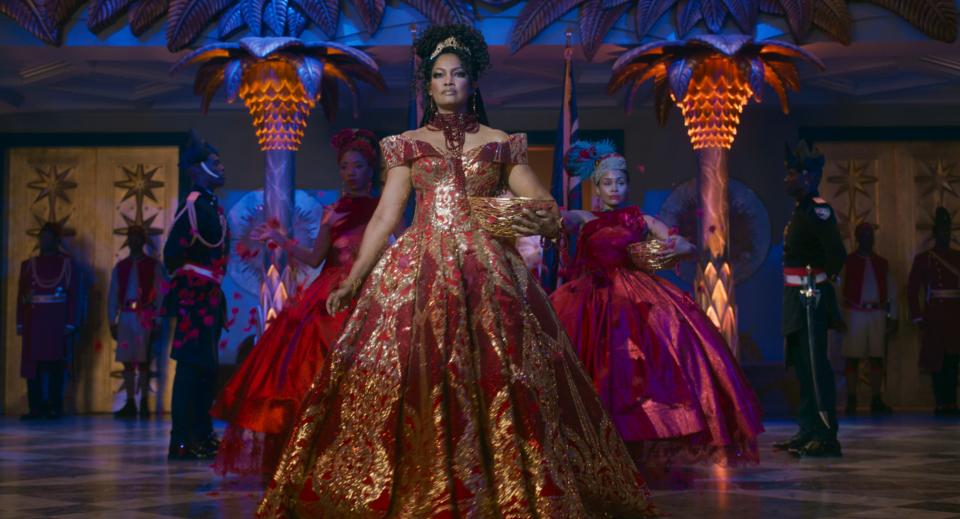
Taking on that legacy was “nerve-wracking,” she says, but Carter needn’t have worried. Her colourful and radical Afro-futuristic aesthetic means she is one of the most exciting costumers working in Hollywood right now, and the obvious choice to kit out the film’s fashion-forward royalty. The new films flips the trajectory of the original, with Akeem’s long-lost illegitimate son Lavelle (Jermaine Fowler) swapping Queens for Zamunda, where he must get to grips with his princely heritage.
She imagined the fictional country as an African style capital, in contrast to technological hub Wakanda, taking “a lot of cues” from the original movie’s “elevated” royal aesthetic while also asking “where could [this] have gone 30 years later?” and what a “sophisticated audience… would expect out of a modern Zamunda?” As Murphy’s on-screen father King Jaffe Joffer, James Earl Jones famously wore a lion-skin shawl (complete with lion’s head) in the first film, while his son wears an ocelot skin. This time, though, Carter was clear that “this world is more cruelty free - they’re protecting their animals, they’re protecting their landscape,” so using real fur was not an option. “And so we 3D printed the lion’s head on Prince Akeem’s shoulder in this beautiful, Byzantine kind of way.”
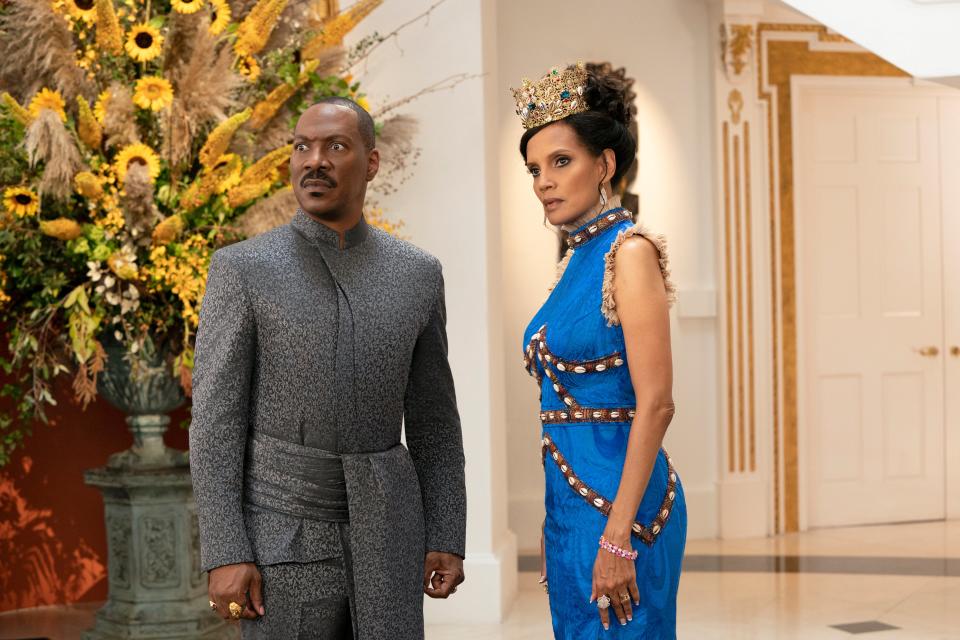
Key to the film’s “royal designs that felt contemporary and modern” were Carter’s collaborations with designers from Africa and beyond. She got in touch with many of them through that most 21st century of mediums - Instagram DMs. “Some of them I contacted right on Instagram - I followed them and I really loved their work,” she says. “Then we’d share aesthetics and I figured out what area I’d like them to work on, or which character.” She was thrilled to give smaller brands an international platform. “Palesa Mokubung out of South Africa, Mimi Plange out of New York… some of them are African [designers] living here in the US,” she explains, adding that “some [designs] were made in East India” in a nod to the historical trade connection. “I loved making that world connection, because I think Zamunda would be a world [hub].”
When grappling with how to dress Fowler’s character, “a young prince trying to figure out how he incorporates his Queens, New York vibe with his Zamundan vibe,” she reached out to Maria Jahnkoy, who “had super tribal Puma athletic pieces that she mixed up. I told her how much I loved her work [...] I didn’t want to just take the aesthetic without talking to the originator. I didn’t want her to see the film and say ‘They took that from me!’ So she worked with me and we talked about a lot of the meanings behind the work that she did.”

Jahnkoy’s work was also perfect for Akeem’s forward-thinking, empowered eldest daughter Meeka, played by KiKi Layne, who ended up wearing streamlined, sportswear-inspired outfits. “It kind of sparked this whole athleisure movement in Zamunda - that as a woman, you can embrace your beauty, you can honour yourself as a woman, but also you can kick some butt,” Carter laughs.
Above all, she was keen to balance a sense of fun with a tribute to traditional African style. “It’s an imagined world, so people don’t want you to treat it like a documentary,” she says. “I wanted to have fun with it but also have that serious side - that this stuff is real. They wear dashikis in [fictional fast food chain] McDowell’s!” For the film’s show-stopping opening, “a big opulent dance scene,” she wanted to “skew into more African dance,” in contrast to the original’s “Brazilian style” performers, “so I used a lot more raffia and ankara [print fabric], and beautiful headdresses. I had them dance in the fitting room - if there are strings flapping in their face, that’s not gonna work. And costumes like to fly off if you don’t have them locked down.”
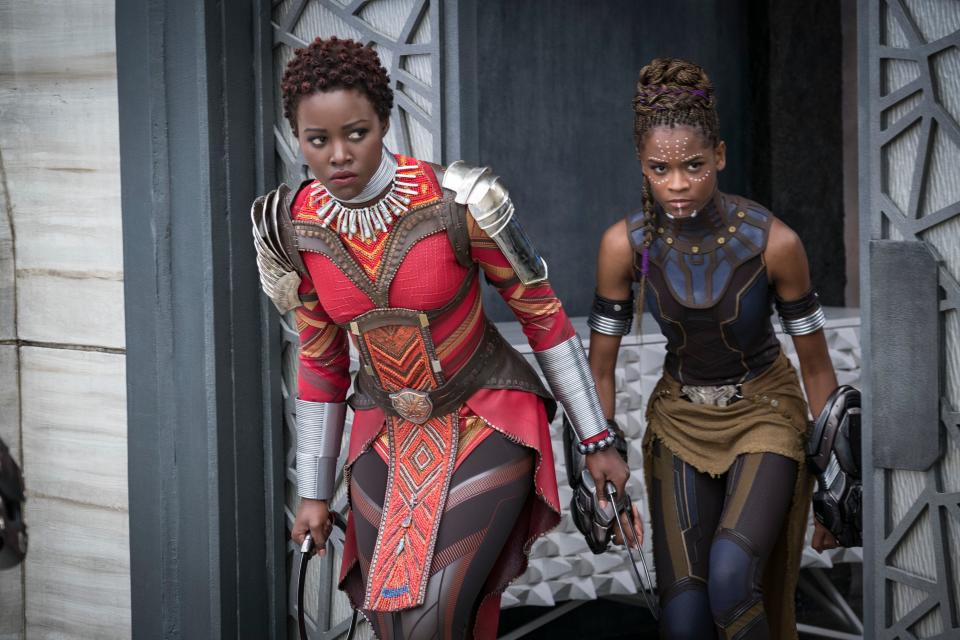
Carter is currently “immersed in creating some new ideas” for the Black Panther sequel, pencilled in for release next summer following the tragic death of star Chadwick Boseman last summer. Naturally, she can’t talk much about what’s in store (all we know so far is that Disney will not be re-casting Boseman’s role of T’Challa) but notes she’s striving for “consistency” when she returns to Wakanda. Cue cryptic cooking metaphor: “You can’t make the same meal twice, so we try to make the pot roast taste the same, but we bring in some new ideas.”
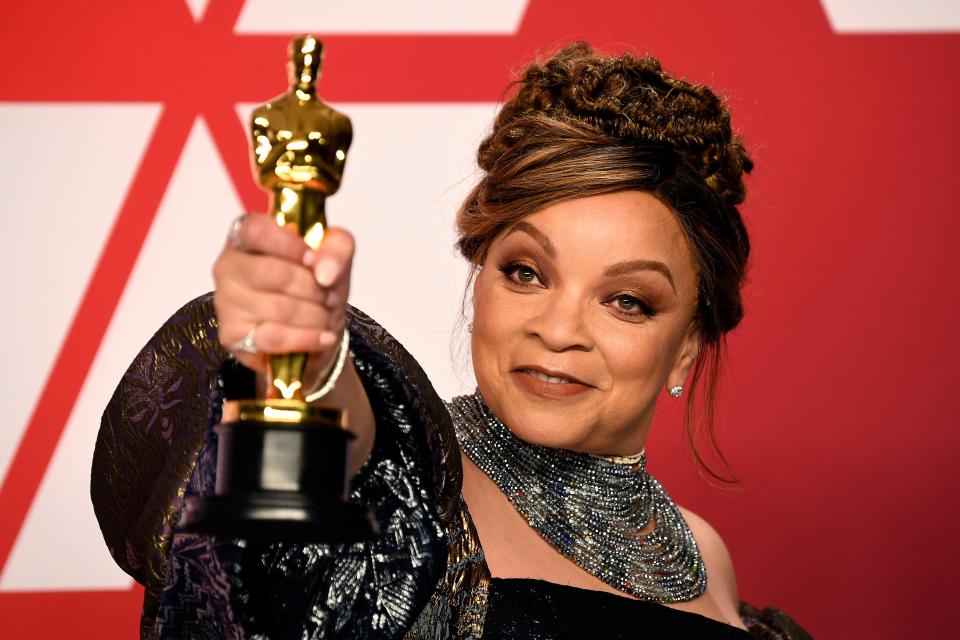
After that, she’d “like to work with more female directors,” name-checking recent Golden Globe winner Chloe Zhao, Regina King (“I worked with [her] on a photo shoot and I saw how she was connecting with the actors - I thought I’d love to work with her approach to storytelling”) and Rachel Morrison, the cinematographer on Black Panther. Winning the costume design Oscar for the Marvel film in 2019 - and becoming the first black woman in Academy Awards history to do so - has “changed things for sure. I suddenly went from behind the camera to in front, and that was a really hard pill to swallow in the beginning. But it’s allowed me to project my voice to tell my story, to inspire others.
“I felt like I was respected as a costume designer, but more doors are opening up since the win. And people want to know ‘how did you do it? What was your journey like?’ She pauses. “And I’m like ‘hey, nothing was handed to me. Everything was hard work.”
Coming 2 America is available to stream on Amazon Prime Video from March 5

 Yahoo Movies
Yahoo Movies 
